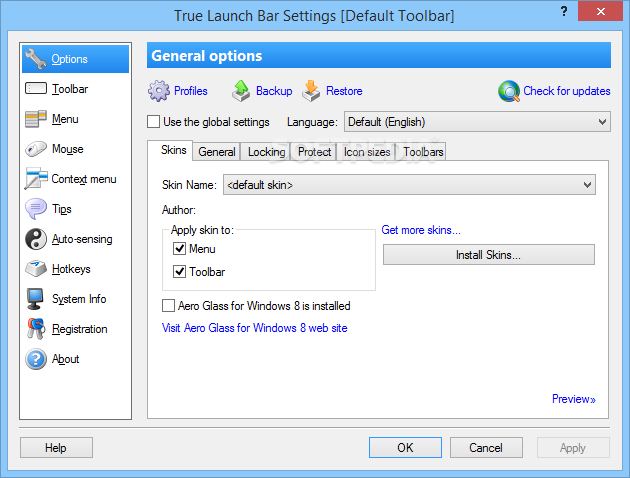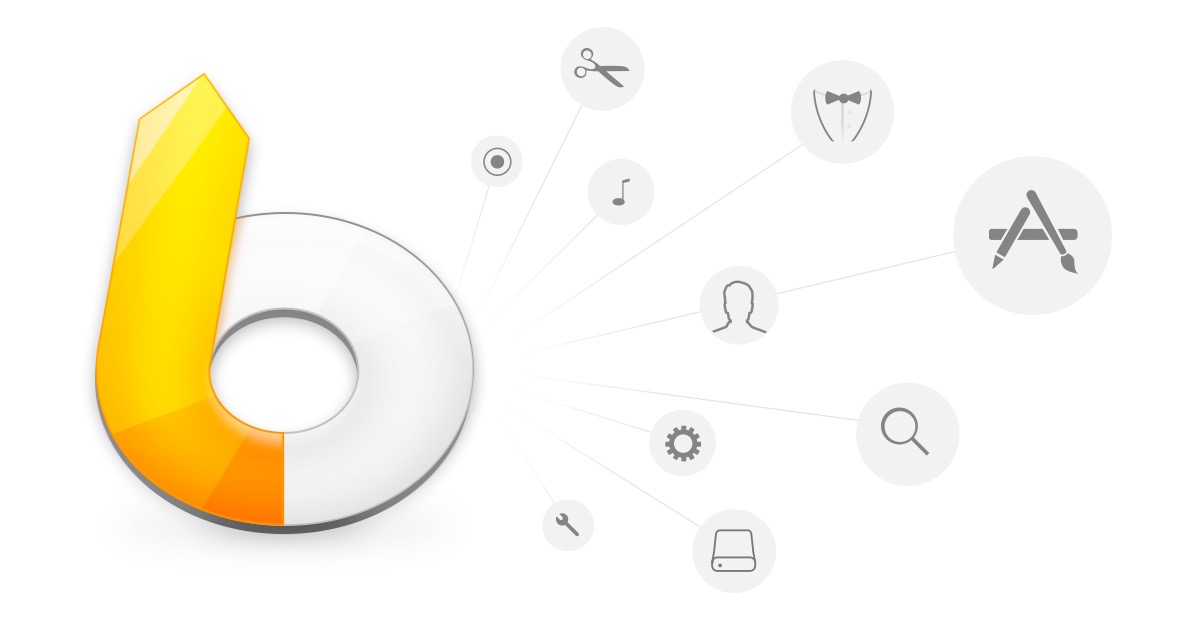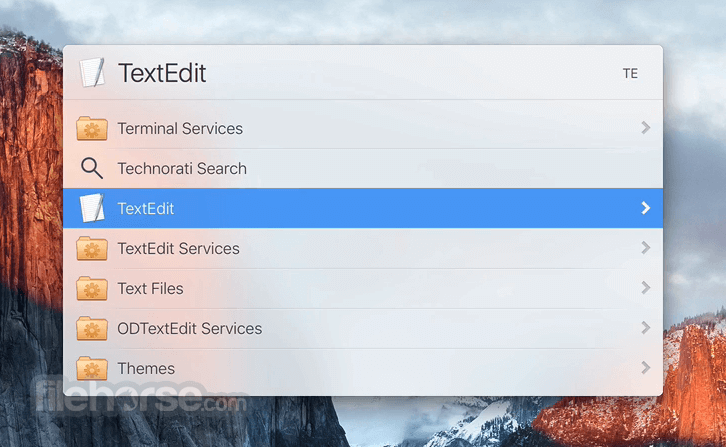
Are you a fully-fledged touch typist? Awesome! True Launch Bar lets you specify hot keys for menus and shortcuts to open them with a touch of a button. With separators and submenus, you can group items by topic and create any kind of a custom menu you want. If icons are not enough, True Launch Bar can show tooltips for you to find what you are looking for almost on autopilot. Select menu icons to find applications quickly. Create a custom menu on the taskbar to list similar apps. But with True Launch Bar, your workspace becomes more convenient and fun to use. LaunchBar Commander is what is commonly referred to as an 'Application Launcher' it is typically docked to the side of your screen and lets you configure buttons and menus which will launch your favorites programs. It’s the same Windows desktop you know and love.
Launchbar Pc#
We could potentially consider pushing down some of this into the agnostic (non-TCF) part if you are interested.Looking at the motley crowd of shortcuts on your computer desktop but not able to find the one you need? Do you often find yourself looking for an app to run rather than doing your work? True Launch Bar can make your day go easier as it can solve these and many other problems related to quick access to your PC content! Similar Services and constants exist for FileTransfer and Terminals service – see here for the generic (non-TCF) services:Īnd here for some basic core TCF services which I referenced above:Īs you see, the dropdown and locator (target address) API’s are currently in the non-agnostic i.e. PeerPort = attrs.get(IPropertiesAccessServiceConstants. PeerHost = attrs.get(IPropertiesAccessServiceConstants. class) Īttrs = service.getTargetAddress( newLocatorNode.getPeer()) getInstance().getService( newLocatorNode.getPeer(), IPropertiesAccessService. Use the IPropertiesAccessService to get the IP address and port of the currently active connection.
/cdn.vox-cdn.com/assets/1262553/launchbar.png)
getInstance().getService(IDefaultContextService. IDefaultContextService to get the currently active connection. Note how – thanks to the service architecture – different service implementations are possible for a “UI Driven Eclipse” versus a different configuration that might get the IDefaultContextService from a Then query some properties like IP Address and port.
Launchbar code#
Here is some sample code to obtain the currently selected default connection, and In terms of the code, TCF/TE follows a modern service-oriented architecture. Using the IPropertiesAccessService, these are easily obtained. But any target connection (“peer” in terms of


We don’t currently have support for matching the architecture of targets against the architecture of projects.

Custom LaunchBar Preference Icons icon icons launchbar os x preference icons. Since target explorer is very generic and agnostic, it should be possible to implement a bridge for RSE type of connections, or JSch type of connections for PTP. Discover 3 Launchbar designs on Dribbble. But we’ve already extended this for our commercial product to provideĭifferent connection types. Right now, the only type of connections supported in Open Source are TCF connections.
Launchbar install#
This is what it looks like when you install “TCF Target Explorer” from Luna Simrel into the Luna C/C++ Package – it seems nicely aligned with the toolbar you We recently added a toolbar dropdown to TCF Target Explorer, for creating new target connections, choosing a “current target connection”, connecting and performing You might consider using the TCF Target Explorer as a generic container / API to unify the various target management systems that CDT / PTP may want to support.


 0 kommentar(er)
0 kommentar(er)
